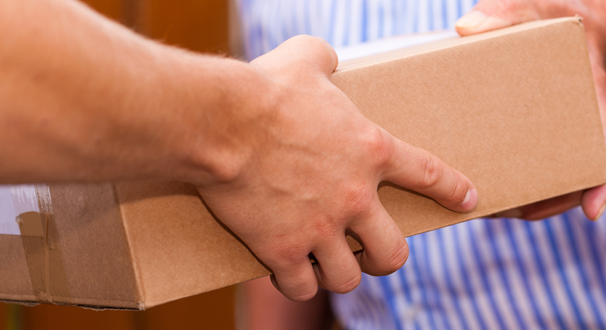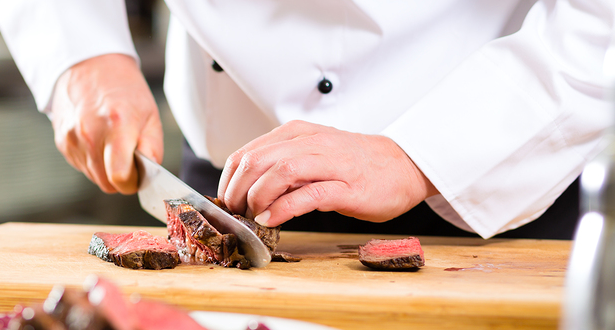3 Quick and Easy Ideas for Better Purchasing Practices
Designing and implementing a successful purchasing program doesn’t have to be an excruciating process. However, in order to accomplish such a purchasing program, you must put in it some thought about purchasing best practices and take time to plan. The following are a just few things you can do now to improve your purchasing program and begin saving money as you work to improve your purchasing practices:
- Avoid taking relationships for granted. While you may have been working with the same salesperson for years and are comfortable with their business, this doesn’t mean he or she has your best interest in mind. The truth is, everyone has his or her own best interests in mind. Don’t be complacent just because it’s what you are comfortable with. Instead, you should consider comparing cost annually to ensure you aren’t overspending.
- Spot-check your deliveries. If you orders are sold by count, be sure to count it; if it is sold by weight, then weigh it. All of that extra time that you spent negotiating a great deal will be wasted if you don’t receive the right product at the price you agreed to. These mistakes in delivery could be costing you a large amount of money.
- No purchase is complete until it is fully paid for. Vendor financing can be very costly. It’s essential to understand that the price you pay and the quality of service you receive are affected by your willingness to pay within the terms you have agreed to.
Improving your purchasing practices may take some time, but if you invest your time wisely, over time you will see the dividends. Money you save in purchasing will typically flow directly to your bottom line. To avoid the hassle of following other more complicated steps in addition to the ones listed here, let Source1 Purchasing handle it for you. Source1 Purchasing is a leading strategic supply chain management group focused on cost management, savings and operational efficiencies for the hospitality industry, providing you with a complete purchasing solution for all of your food and beverage procurement needs so that you can keep your focus on your guests! To learn more about the Source1 Purchasing Program and how it can benefit your establishment, visit our website at www.Source1Purchasing.com.


















